
Tờ thông báo gắn ở cổng nhà máy thuốc phiện Sài Gòn. Jack Birns—The LIFE Picture Collection/Getty Images
Hàng năm Liên Hiệp Quốc tổ chức vào ngày thứ hai thuộc tuần cuối của tháng sáu để cho dân chúng trên thế giới đề cao cảnh giác việc nguy hại của thuốc phiện và buôn người -"United Nations International Day against Drug Abuse and Illicit Trafficking".
Tạp chí LIFE cho biết, trong thời gian Pháp đô hộ Việt Nam, người Pháp hợp thức hóa việc hút và sản xuất thuốc phiện trên đất Sài Gòn. Đây là một trong những việc buôn bán độc quyền của người Pháp tại Việt Nam nói riêng và tại Đông Dương (Indochina, Việt Miên Lào) nói chung.
Theo tạp chí LIFE, trong thời gian đó có hơn nửa số dân trong thành phố Sài Gòn đều hút thuốc phiện . Chế biến và buôn bán thuốc phiện tại Đông Dương mang về cho nước Pháp 1/5 lợi nhuận trong tổng số ngân sách quốc gia thu từ những nước thuộc địa.
(Nora tạm lược dịch từ bài tiếng Anh của tạp chí LIFE 👉 Inside the Twisted Economics of a 1949 Saigon Opium Detox Clinic
Dưới đây là vài tấm hình bên trong của "Dưỡng Đường Giải Độc" ở Sài Gòn vào năm 1949

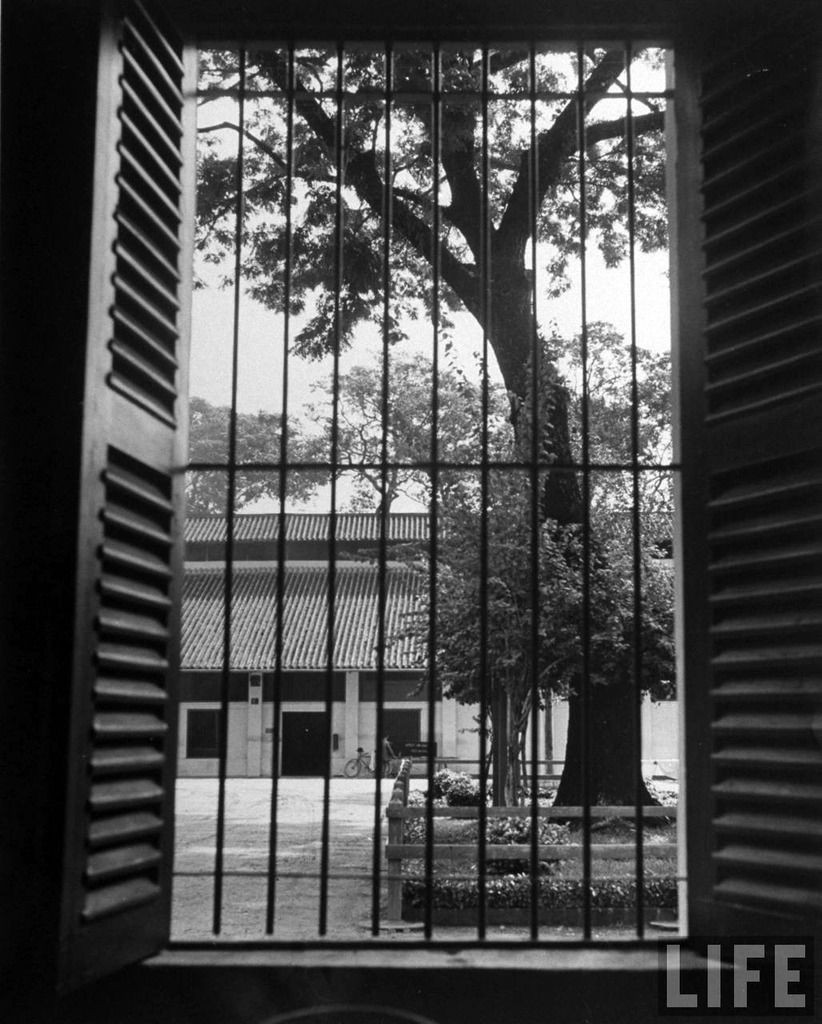
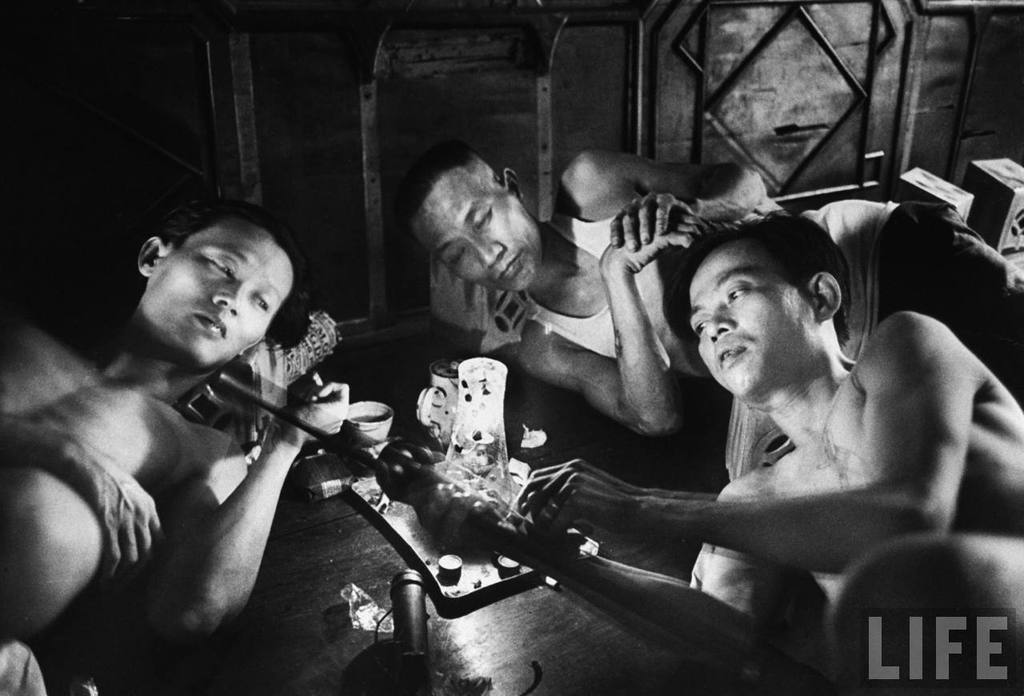



Bên bàn đèn thuốc phiện. Jack Birns—The LIFE Picture Collection/Getty Images
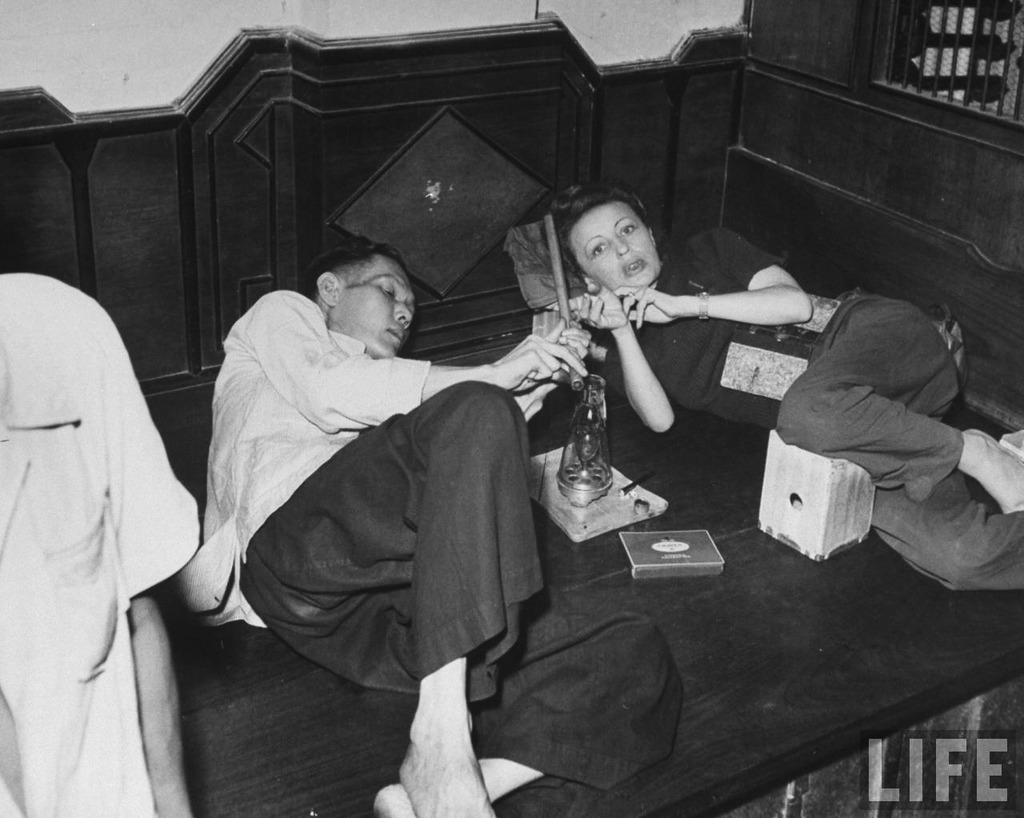
Một phụ nữ phương Tây trong động thuốc phiện Sài Gòn. Jack Birns—The LIFE Picture Collection/Getty Images

Nơi để ống điếu và bàn đèn tại một tiệm thuốc phiện.
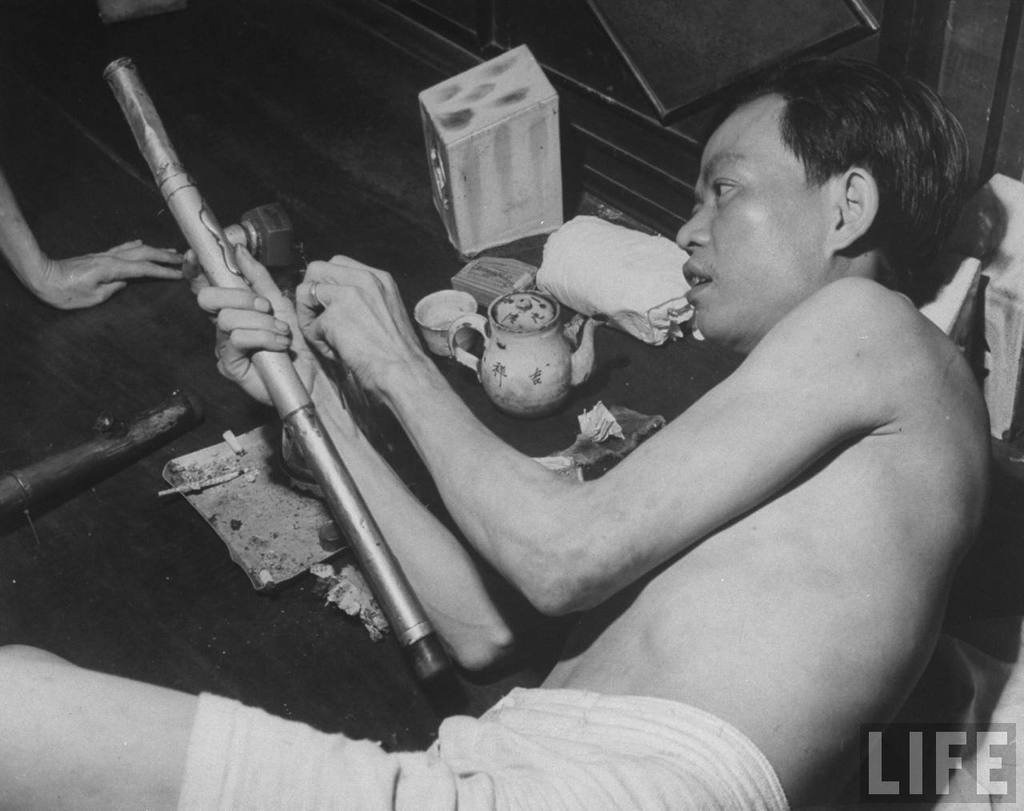
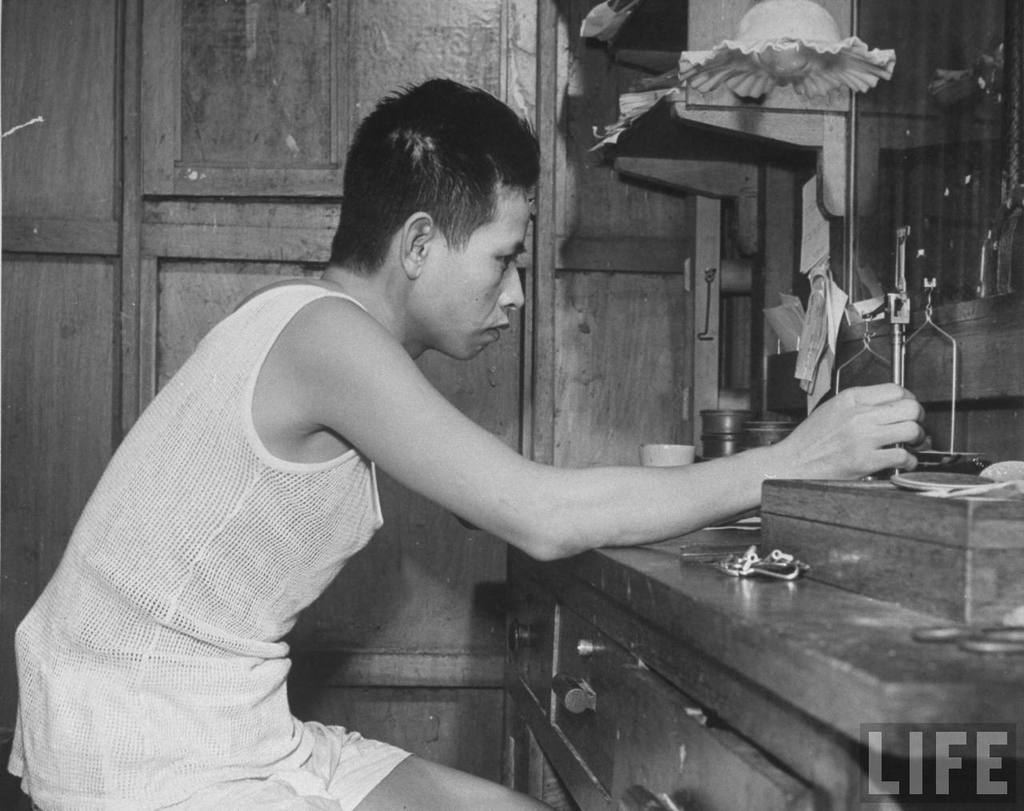

Inside the Twisted Economics of a 1949 Saigon Opium Detox Clinic
The opium smokers appeared only briefly in the original story that ran in LIFE, a photo essay from 1949 about life in what was, then, French Indochina. The area that is now Vietnam was bucking French colonial rule, and the magazine saw its citizens as symbols of the “question of empire in the 20th century.” Among a series of picturesque scenes from a “rich, beautiful” dying system, there they were: three opium smokers, seen in the first slide above, at a detox clinic in Saigon.
On the United Nations International Day against Drug Abuse and Illicit Trafficking, which falls every year on June 26, one detail from that caption stands out: opium, the magazine explained, was a high-revenue monopoly product of the French government in Indochina. In other words, the abuse side of the situation—addiction and its ravages—was inextricable from the trafficking side, the economic motivation to keep illicit substances available. (Of course, this was not the only example of opium's implication in a controversial colonial system: China and Britain fought two wars in the 19th century over the opium trade.)
At the time, LIFE reported, more than half of the population of the city smoked the drug—and one-fifth of the French administrative budget came from sales of it.
By 1950, TIME noted that the system existed “to French shame." But it existed nonetheless.
One of the ways opium was made so readily available in Saigon at the time was at the detox clinics like the one where these photos were taken. These clinics – to some observers, they would be more accurately described as "dens" – used to sell increasingly small doses, which could taper an addiction.Whether they actually helped anyone recover from addiction is a mystery the photographs cannot reveal.
Nguồn: LIFE/ Lily Rothman,Liz Ronk

No comments:
Post a Comment